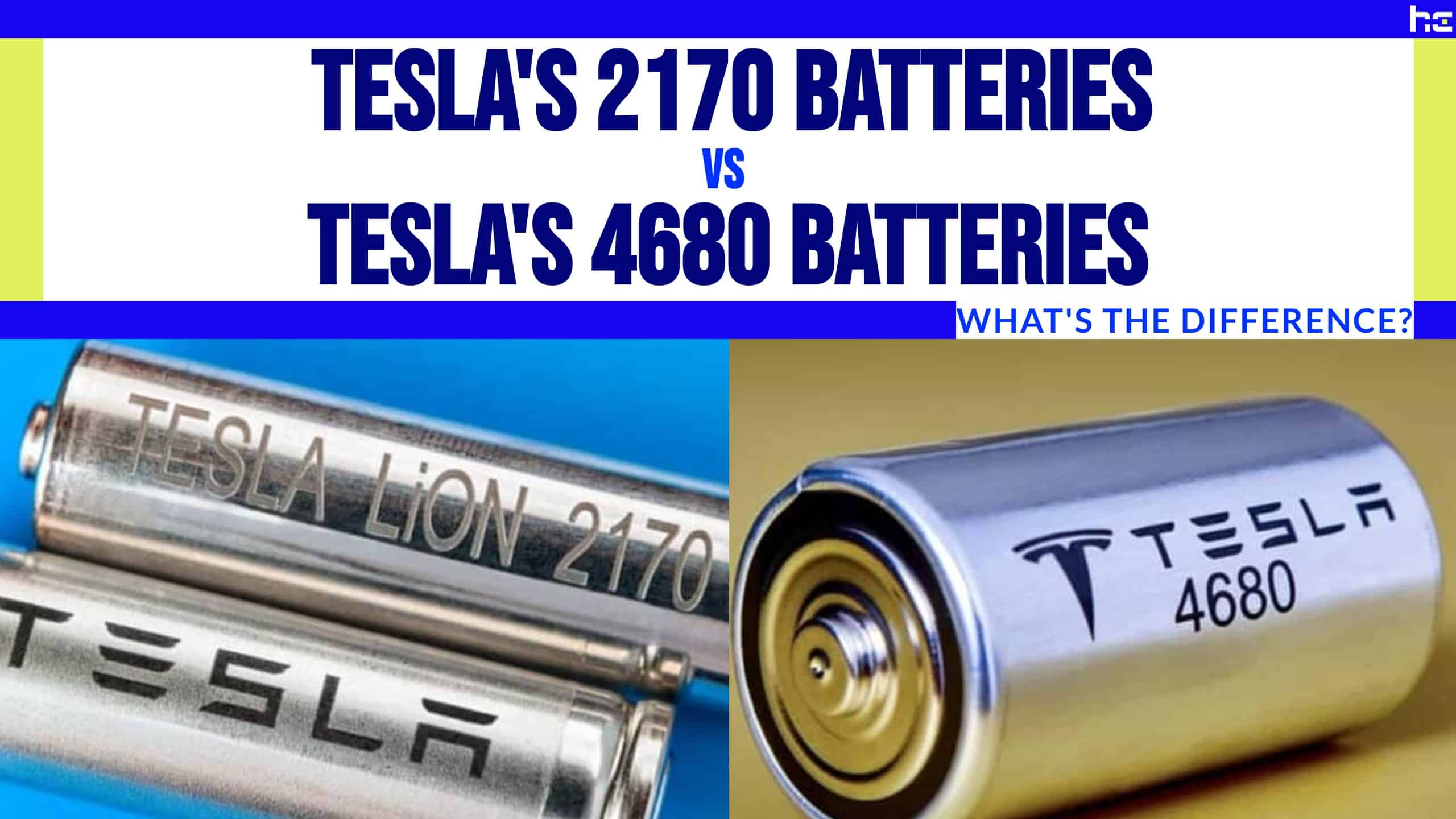Good debateThe reason the Semi uses 2170s is to maximize range, which are made by Panasonic (same with all 2170s). 4680s are just cheaper, but currently have less performance, less range, and slower charging. I understand that the goal is that the 4680s will eventually be the better, but that appears to be a long ways off considering that even Gen3 would take up a larger footprint for the range they could get with the 2170s. Tesla decided to use the 19650s because of their performance in the MS.
Thanks for rhe knowledge




